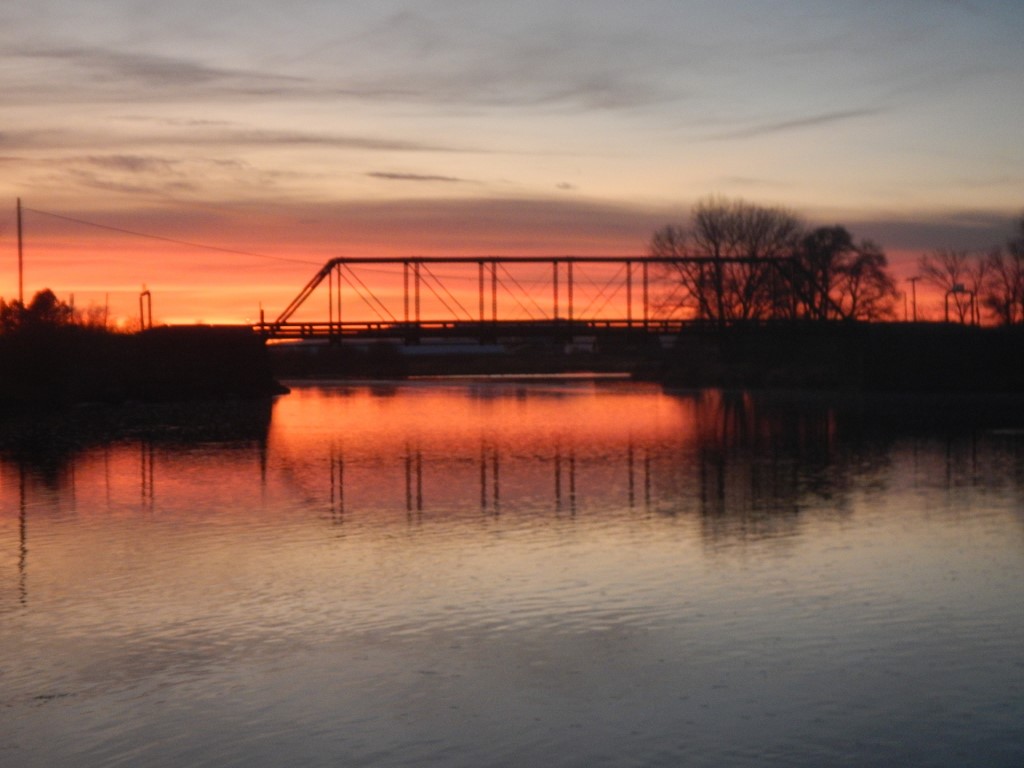Henry’s Fork, April 20th, 2024
All boat launch facilities below Ashton Dam are open. The Stone Bridge-Warm River site above is snowy.
The lower river offers the most consistent and best stream fishing in the area. Midge, BWO, and diminishing March brown hatches are bringing fish up resulting in good top water fishing during low wind days with afternoons being best. Traditional nymph and rubber legs patterns presented at the heads of deep water and through runs are effective and streamer patterns presented under low light conditions attract brown and large post-spawning rainbow trout.
No significant run-off from Fall River to date. Water contributed from Fall River above all irrigation diversions is clear, cold and currently about normal.
Info from Dr. Rob Van Kirk’s Henry’s Fork Drainage SWE Report filed yesterday, April 19th, 2024
Generally dry conditions are expected for the next 5–6 days, with temperatures near average. I expect snow melt to resume this weekend, although it will not be as rapid as what we saw last weekend. All forecasts are indicating a wet period starting in the middle of next week and continuing through the rest of the month. Temperatures during that time will be near to slightly above average. Natural stream flow decreased by 10% yesterday as the effects of much colder temperatures in headwater areas made their way down to the middle of the watershed, where I calculate natural flow. Yesterday’s watershed-total natural flow was 109% of average for the date: 93% in upper Henry’s, 102% in Fall River and 156% in Teton River.

